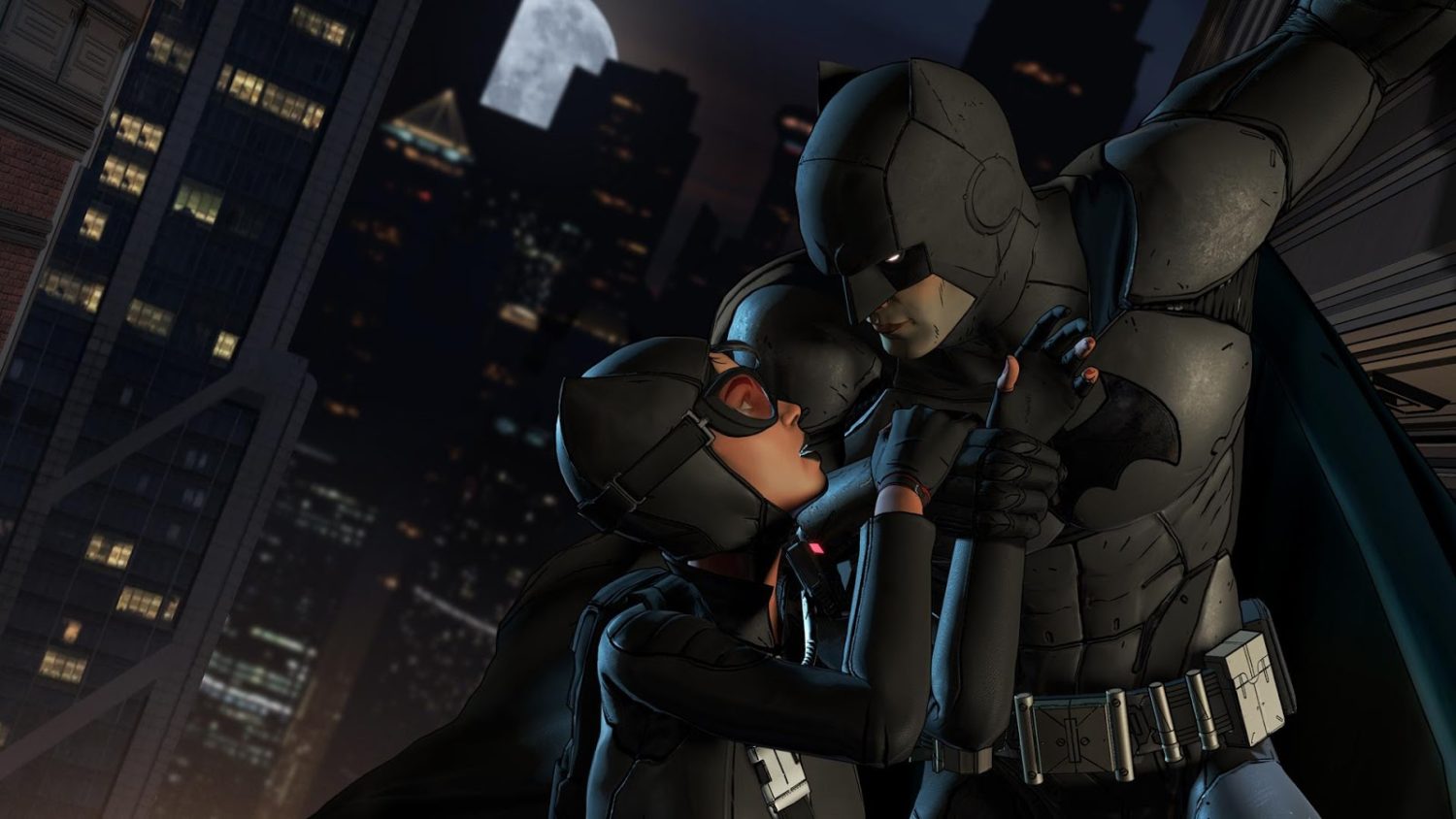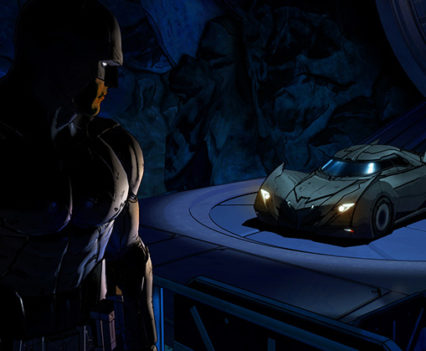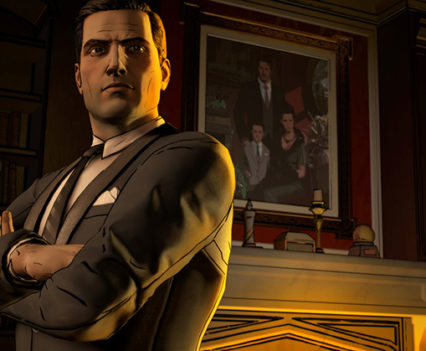Batman: The Telltale Series brings a new take on the dark knight in which players are given more control over the story. Let’s see how the Nintendo Switch compilation holds up.
Batman: The Telltale Series is very story-driven, more so than any other Batman game before it. Players take control of both Bruce Wayne and Batman throughout five ‘episodes’ of content each with their own distinct sub-plots and gameplay elements. In Episode 1 for instance, players need to investigate a crime scene for clues and then connect those clues to other points of interest in the crime scene. So if you found a bullet hole, you’d need to connect it to the gun or bullets you might have found at the scene. There are certainly plenty of cutscenes with combat, but these detective scenes were particularly fun in my opinion.
If you have played any of the Batman Arkham series, you may not recognize Batman: The Telltale Series. Everything from the art style to the gameplay is completely revamped. I mentioned the game is ‘very story-driven’. What that ultimately means is there are a lot of quick time events (QTE) players need to execute throughout the game. These quick time events will be in the form of moving the left analog stick in a certain direction or pressing a particular button combination. All of this is done using a dynamic cutscene where the game has two outcomes (there are several of these in a cutscene as well). If executed correctly, players will see the next part of the cutscene result in a successful block or punch. Input a button incorrectly, and the cutscene may show our fearless caped-crusader meeting his early demise.
If you haven’t played this type of Telltale game before, a majority of the gameplay in Batman: The Telltale Series is simply watching cutscenes and responding to various dialogue choices that appear on the screen or to the aforementioned QTE combat. There is a timer and 4 available responses Bruce or Batman can give at a given time in most cutscenes. Some decisions are inconsequential and players can use their personal preference which won’t determine the storyline that much. Other decisions will actually come up on screen to let you know “Alred will remember that later” or something to that effect. This lets you know that particular dialogue response will shape the upcoming storyline. It’s a cool idea and it’s executed very well. There are some places where players get to roam around an alley or crime scene looking for clues, but these are the few places players get that level of control. Each episode is anywhere from 1-2 hours in length so with all five episodes, you’ve got a good 7-10 hours of content.
My biggest gripe with the game is the visual presentation. The characters all have a cel-shaded sort of look to them, but it’s different. The art style probably looks better on the Switch than a super realistic art direction would, but it still looks weird to me. There are very few detailed textures and there are some visual hiccups with shadows that abound. Some people may like the art style but I’m not a fan of how it looks.
Overall, the game features a decent amount of content but not for the price. For $39.99, I would expect to get more content than what is here. As a big Batman fan, I enjoyed the story but after we’ve had the chance to play as Batman in other games, it feels like a step back to go the full story-driven route. However, if you enjoy more of an emphasis on story in games, you might have fun with Batman: The Telltale Series–I would just wait for a sale first.
Review: Batman: The Telltale Series (Nintendo Switch)
Good
Overall, the game features a decent amount of content but not for the price. For $39.99, I would expect to get more content than what is here. As a big Batman fan, I enjoyed the story but after we’ve had the chance to play as Batman in other games, it feels like a step back to go the full story-driven route. However, if you enjoy more of an emphasis on story in games, you might have fun with Batman: The Telltale Series–I would just wait for a sale first.






